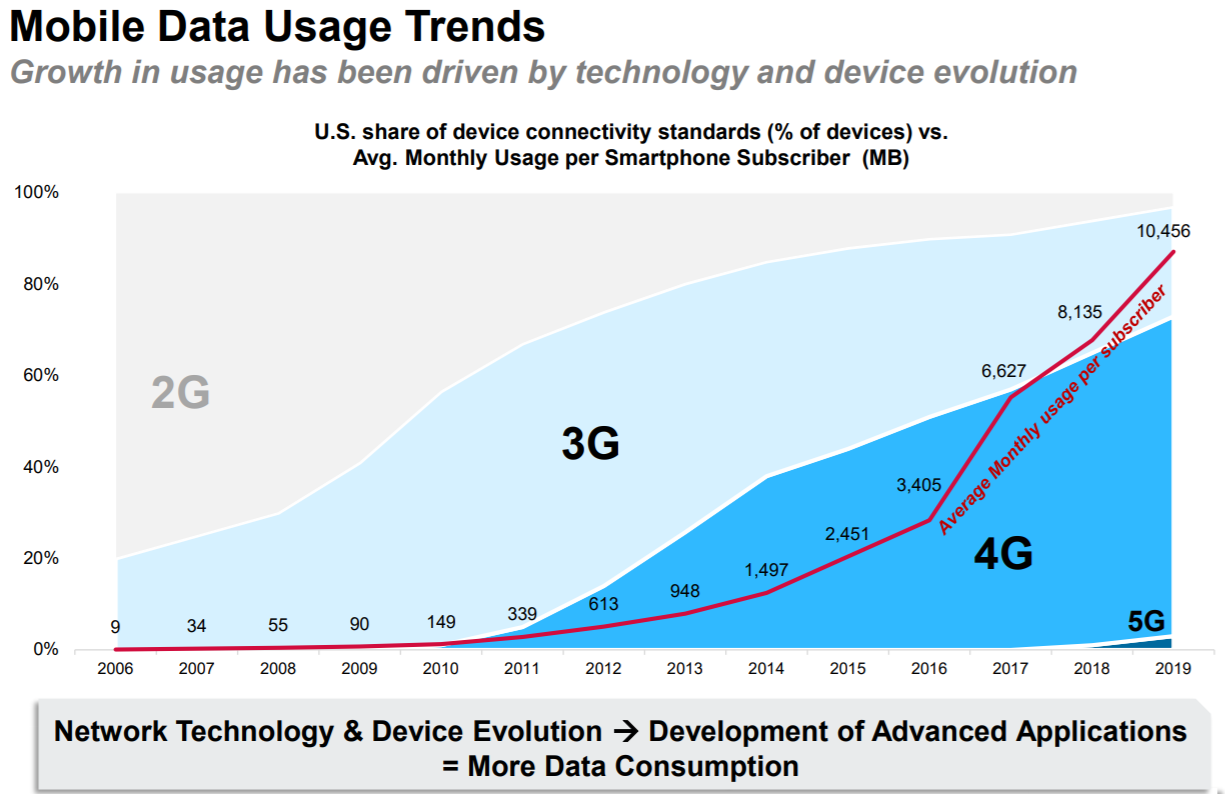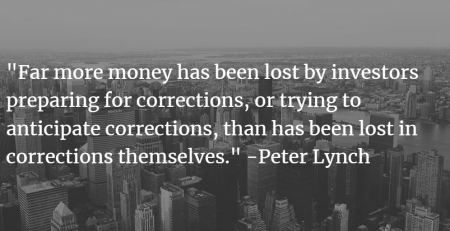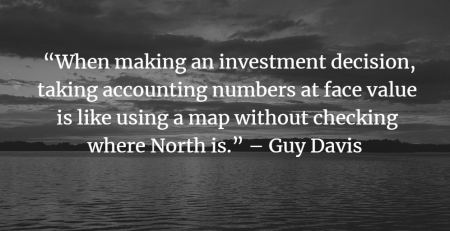Market Update: Why Active Management Excels in Times of Crisis
Since our last update a week ago, which may seem like an eternity now, the market has dropped another 6% – putting the YTD performance of the S&P 500 down roughly 30% (though it’s up substantially at the time of writing today). To put this all into context, the collapse in equity markets now rivals that seen during the Great Financial Crisis in terms of severity and even exceeds it in terms of speed.
While it is true that Coronavirus (Covid-19) will be a net negative impact on economic activity in the short run, it is also true that at times like these market prices aren’t driven by the economy – rather, they are driven by a combination of emotion and a search for liquidity as forced selling overwhelms any rational buying demand.
The key question for us is – how long will economic activity be impacted? There is no way of answering this question, but what we can do is look to other countries ahead of us in the current crisis as examples.
Asian countries, having recently been through the SARS scare, were the quickest to adapt their behavior to Covid-19, and as such there is already evidence of an economic rebound in China, South Korea, and Japan. Now, we are always highly skeptical of any official numbers coming out of China, but there do exist some reliable sources we can check – last week Marriott Hotels confirmed that their occupancy rates are already back to 30% in China and rising. While it is true that our recovery will likely be slower (China’s shutdown was almost draconian), such a return to relative normality within months should likely be the base case for us, not the end of the world scenario which you might see promoted on various social media platforms.
That said, current price action suggests that the market is pricing in an effective shutdown of the entire economy for months to a year – the market is doing what the market usually does and is extrapolating the current status quo far into the future. ‘Things are bad today, and therefore things must be bad tomorrow.’ This isn’t how the world works – there are some sectors that will see an absolute demand loss (e.g. restaurants, certain retail), there are some sectors that will simply see demand delayed and pushed out (e.g. construction, vehicle sales), and there are some sectors that will see demand relatively unaffected (e.g. agriculture production, infrastructure, healthcare). Not all companies will be equally impacted by this issue – so viewing ‘the market’ as one whole entity is not only missing the risks in the current market but also missing the opportunities.
Now, more than ever, investors need to know which companies they own rather than blindly buying an index.
Passive Investing Stops Being Passive at the Worst Times
Arguably, the worst failing of the rise of passive investing over the years has been that it has created an ever larger disconnect between investors and the real businesses they own. Said another way, passive investors have no idea what they own – the S&P 500 contains companies with vastly differing management quality, leverage levels, growth drivers, products, risks, and economics. There is no “S&P 500” company – to invest in “the S&P 500” means you must buy 500 individual companies – whether you see it in your portfolio directly or not. During periods of extreme emotional stress, many passive investors panic sell out of the market, at which point the index provider (usually an ETF) has to sell all of the underlying stocks that are in that index, in order to give the investor their cash back.
What this means in practice is that during times of crisis, the correlation of all these vastly differing companies goes to almost 1 – meaning the good gets thrown out with the bad as passive investors make the active decision to leave the market at the worst possible time. Almost by definition, passive investors can’t be the strong and stable hand during these crises because they don’t even know what hand they are holding.
One of the greatest advantages that active investors have, along with a long-term mindset, is that we know what we own. When it feels like the world is ending, we can calmly and rationally ask the question – what does the current and future environment mean for the companies that we own?
Take one of our largest positions, American Tower, for example. We talk about AMT a lot and for good reason – there is almost no scenario in which their earnings do not grow for many, many years to come. AMT is a direct beneficiary of ever-increasing mobile data consumption, and there is almost no outcome in which we as a society will be consuming less mobile data in 5, 10, 20 years. This is the kind of inexorable trend that no pandemic, election, nor geopolitical crisis can stop.
Consider that as network standards have evolved – from 2G (voice and sms) to 3G (mobile web browsing) to 4G (mobile video, apps) to where we are going with 5G (self-driving cars? IoT?) – mobile data usage has increased at roughly 79% every year.

This growth has fueled a steady increase in demand for network infrastructure, the most essential of which are the roughly 150k cell towers in the United States. Tower operators, such as American Tower, own these towers and lease space on them to the wireless carriers under non-cancellable contracts with terms of 5 to 10 years, followed by 5-year renewal periods, along with built in 3%-4% price escalators. The wireless carriers are happy to pay up and lock themselves into these contracts because the cost of renting tower space is extremely tiny compared to the mission critical, high value service it enables.
The tower operators simply own and maintain a basic steel structure and then collect a tremendous annuity for doing so. Chances of competition? Very slim. It is very hard to build new towers due to zoning restrictions.
Better yet for the tower owners, each tower can support multiple tenants. Since the costs of operating a tower are entirely fixed (and wonderfully low), this means any incremental revenue from adding another tenant drops straight to the bottom line, translating into returns north of 20% on the required fixed investment. American Tower is now taking the huge amount of cash they generate in its US tower portfolio and reinvesting it internationally, running the same model in markets that are 10-15 years behind the US as far as mobile data capacity.
What this means is that American Tower’s economics are extremely well protected over the next 5+ years even if we don’t consider the huge tailwind that the secular trend of increased data consumption provides them.
During times of panic, it is this sort of in-depth company knowledge that enables us to take advantage of any irrational price swings created as index vehicles are sold down in tandem. It is precisely during times like these that our fundamental approach proves most valuable.
Disclosures: This website is for informational purposes only and does not constitute an offer to provide advisory or other services by Globescan in any jurisdiction in which such offer would be unlawful under the securities laws of such jurisdiction. The information contained on this website should not be construed as financial or investment advice on any subject matter and statements contained herein are the opinions of Globescan and are not to be construed as guarantees, warranties or predictions of future events, portfolio allocations, portfolio results, investment returns, or other outcomes. Viewers of this website should not assume that all recommendations will be profitable, or that future investment and/or portfolio performance will be profitable or favorable. Globescan expressly disclaims all liability in respect to actions taken based on any or all of the information on this website.
There are links to third-party websites on the internet contained in this website. We provide these links because we believe these websites contain information that might be useful, interesting and or helpful to your professional activities. Globescan has no affiliation or agreement with any linked website. The fact that we provide links to these websites does not mean that we endorse the owner or operator of the respective website or any products or services offered through these sites. We cannot and do not review or endorse or approve the information in these websites, nor does Globescan warrant that a linked site will be free of computer viruses or other harmful code that can impact your computer or other web-access device. The linked sites are not under the control of Globescan, and we are not responsible for the contents of any linked site or any link contained in a linked site. By using this web site to search for or link to another site, you agree and understand that such use is at your own risk.






